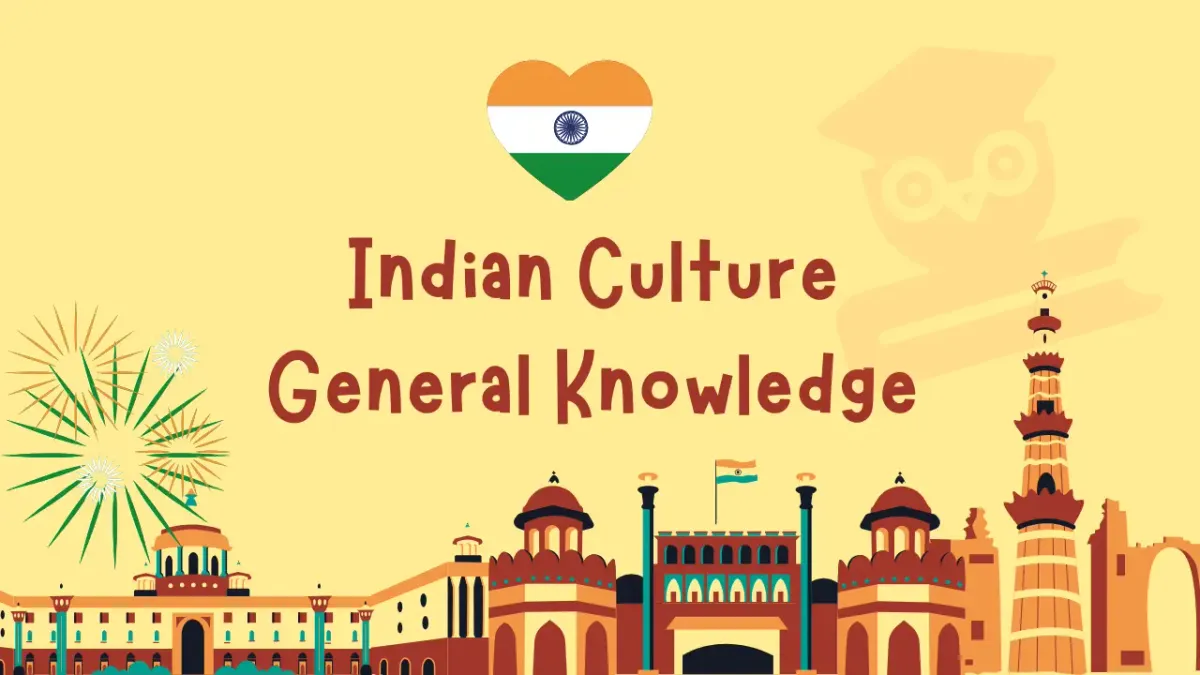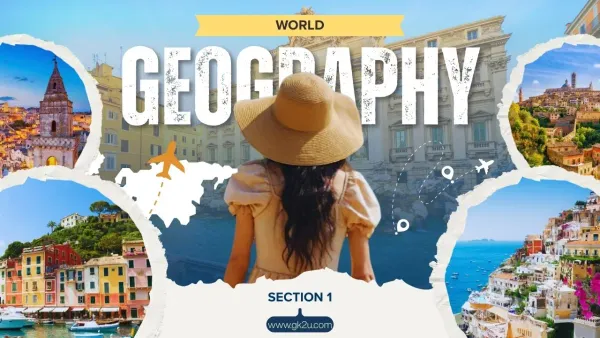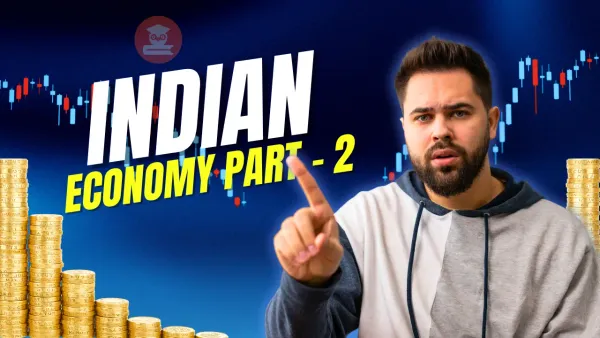Indian Culture – General Knowledge for Competitive Exams

India is a land of incredible diversity, where traditions, languages, festivals, and art forms blend to create one of the world’s richest cultural heritages. The essence of Indian culture lies in its unity in diversity—where people from different religions, communities, and regions coexist harmoniously while preserving their unique customs and practices.
From the spiritual philosophies of Hinduism, Buddhism, Jainism, and Sikhism to the influences of Islam, Christianity, and other faiths, India’s cultural fabric has evolved over thousands of years. The country’s festivals—like Diwali, Holi, Eid, Christmas, Bihu, Durga Puja, and Pongal—reflect the joy, devotion, and inclusiveness of its people.
Indian art, architecture, music, and dance are renowned across the world. From the ancient cave paintings of Ajanta and Ellora to the majestic temples of Khajuraho and the Mughal marvel of the Taj Mahal, Indian architecture represents a perfect blend of creativity and devotion. Classical music forms like Hindustani and Carnatic, along with traditional dances such as Bharatanatyam, Kathak, Odissi, and Manipuri, showcase India’s artistic depth.
Moreover, India’s literature, languages, attire, cuisine, and family values highlight its cultural richness and moral foundation. Respect for elders, hospitality, and belief in karma and dharma are core aspects of Indian life.
Understanding Indian culture is essential for competitive exams like UPSC, APSC, SSC, and state-level tests, as it reflects the spirit of India’s civilization, philosophy, and heritage.
1. The ratio of the width of our National flag to its length is
A. 3:5
B. 2:3
C. 2:4
D. 3:4
Correct Answer: B. 2:3
2. Rabindranath Tagore's 'Jana Gana Mana' has been adopted as India's National Anthem. How many stanzas of the said song were adopted?
A. Only the first stanza
B. The whole song
C. Third and Fourth stanza
D. First and Second stanza
Correct Answer: A. Only the first stanza
3. 'Natya - Shastra' the main source of India's classical dances was written by
A. Nara Muni
B. Bharat Muni
C. Abhinav Gupta
D. Tandu Muni
Correct Answer: B. Bharat Muni
4. 'Dandia' is a popular dance of
A. Punjab
B. Gujarat
C. Tamil Nadu
D. Maharashtra
Correct Answer: B. Gujarat
5. The words 'Satyameva Jayate' inscribed below the base plate of the emblem of India are taken from
A. Rigveda
B. Satpath Brahmana
C. Mundaka Upanishad
D. Ramayana
Correct Answer: C. Mundaka Upanishad
6. Mohiniattam dance from developed originally in which state?
A. Tamil Nadu
B. Orissa
C. Kerala
D. Karnataka
Correct Answer: C. Kerala
7. Which of the following folk dance forms is associated with Gujarat?
A. Nautanki
B. Garba
C. Kathakali
D. Bhangra
Correct Answer: B. Garba
8. Which of the following Akademis is responsible for fostering the development of dance, drama and music in India?
A. National School of Drama
B. Sangeet Akademi
C. Sahitya Akademi
D. Lalit Kala Akademi
Correct Answer: B. Sangeet Akademi
9. The Rath Yatra at Puri is celebrated in honor of which Hindu deity
A. Ram
B. Jagannath
C. Shiva
D. Vishnu
Correct Answer: B. Jagannath
10. The book of Parsis is
A. Torah
B. Bible
C. Zend Avesta
D. Gita
Correct Answer: C. Zend Avesta
11. 'Kathakali' is a folk dance prevalent in which state?
A. Karnataka
B. Orissa
C. Kerala
D. Manipur
Correct Answer: C. Kerala
12. Which of the following dances is a solo dance?
A. Ottan Thullal
B. Kuchipudi
C. Yakshagana
D. Odissi
Correct Answer: A. Ottan Thullal
13. The National Anthem was first sung in the year
A. 1911
B. 1913
C. 1936
D. 1935
Correct Answer: A. 1911
14. Thillana is a format of
A. Kuchipudi
B. Odissi
C. Bharatanatyam
D. Kathak
Correct Answer: C. Bharatanatyam
15. 'Madhubani', a style of folk paintings, is popular in which of the following states in India?
A. Uttar Pradesh
B. Rajasthan
C. Madhya Pradesh
D. Bihar
Correct Answer: D. Bihar
16. Kathak is a classical dance of
A. North India
B. Tamilnadu
C. Manipur
D. Kerala
Correct Answer: A. North India
17. The headquarters of Sahitya Akademi is at
A. Mumbai
B. Chennai
C. New Delhi
D. Kolkata
Correct Answer: C. New Delhi
18. The dance encouraged and performance from the temple of Thanjavur was
A. Kathakali
B. Odissi
C. Kathak
D. Bharatanatyam
Correct Answer: D. Bharatanatyam
19. The last Mahakumbh of the 20th century was held at
A. Nasik
B. Ujjain
C. Allahabad
D. Haridwar
Correct Answer: D. Haridwar
20. The National Song of India was composed by
A. Rabindranath Tagore
B. Bankim Chandra Chatterji
C. Iqbal
D. Jai Shankar Prasad
Correct Answer: B. Bankim Chandra Chatterji
21. Who composed the famous song 'Sare Jahan Seachha'?
A. Jaidev
B. Mohammad Iqbal
C. Bankim Chandra Chattopadhyay
D. Rabindranath Tagore
Correct Answer: B. Mohammad Iqbal
22. In which of the following festivals are boat races a special feature?
A. Onam
B. Rongali Bihu
C. Navratri
D. Pongal
Correct Answer: A. Onam
23. Kalchakra ceremony is associated with which of the following ceremonies?
A. Hinduism
B. Buddhism
C. Jainism
D. Islam
Correct Answer: B. Buddhism
24. Which of the following places is famous for Chikankari work, which is a traditional art of embroidery?
A. Lucknow
B. Hyderabad
C. Jaipur
D. Mysore
Correct Answer: A. Lucknow





